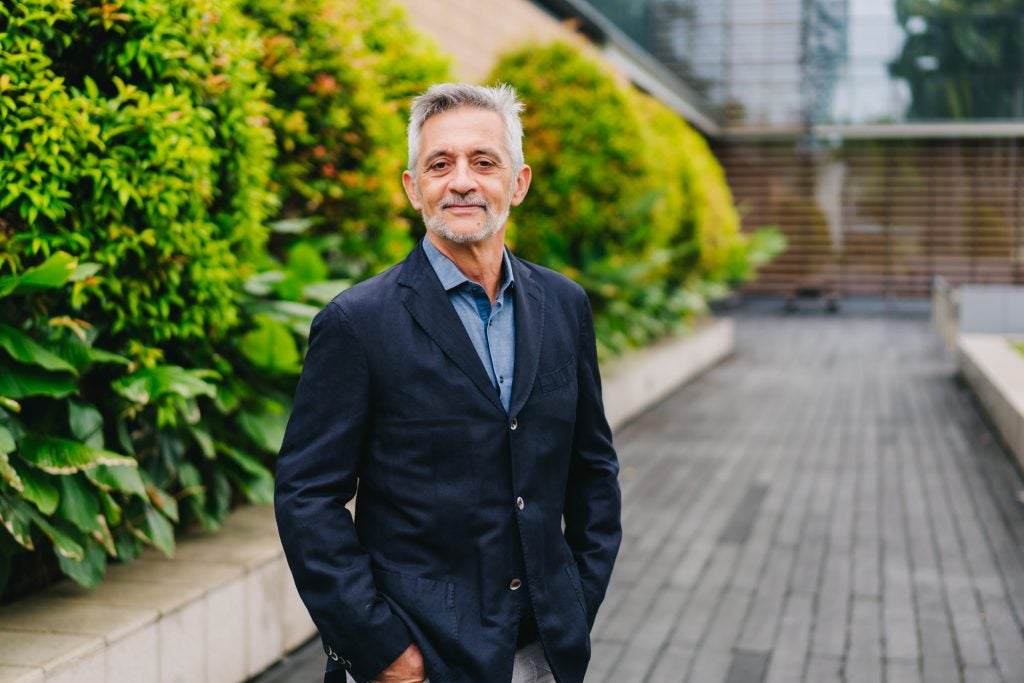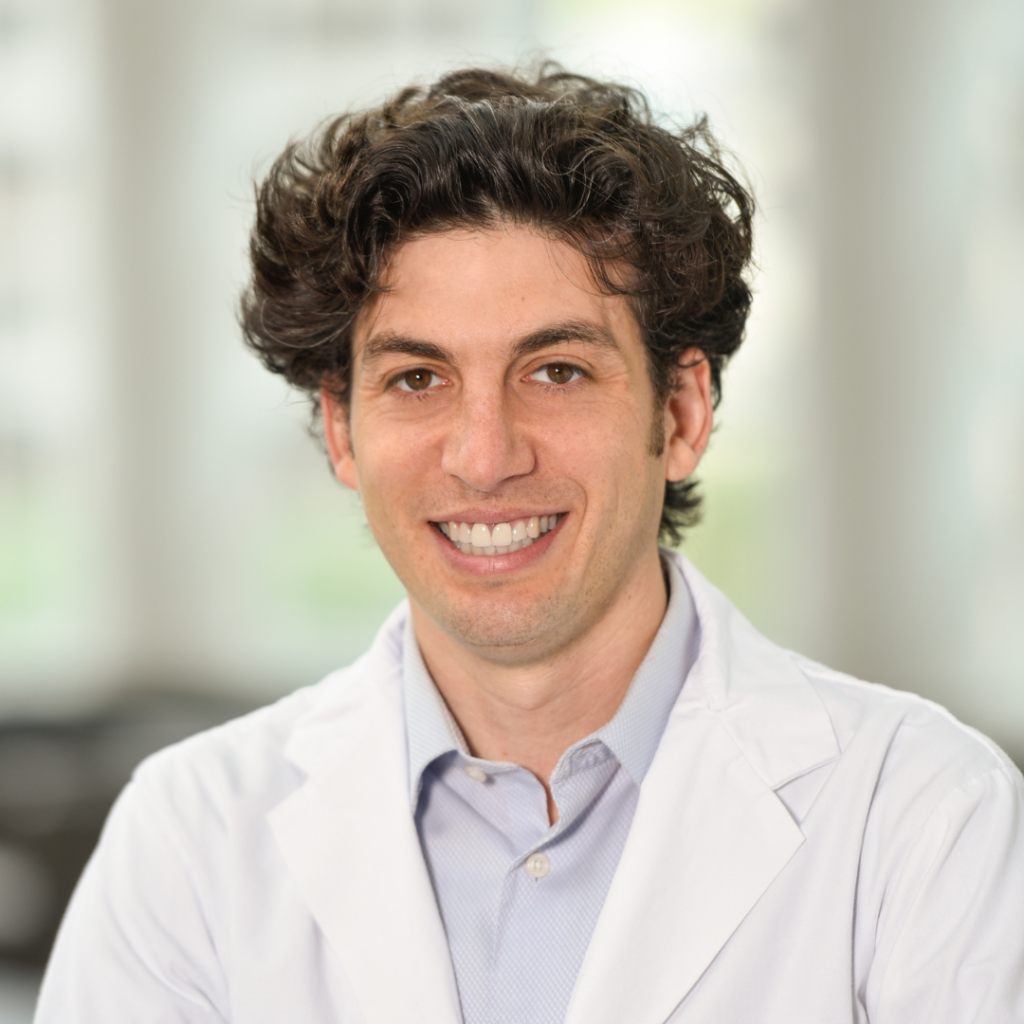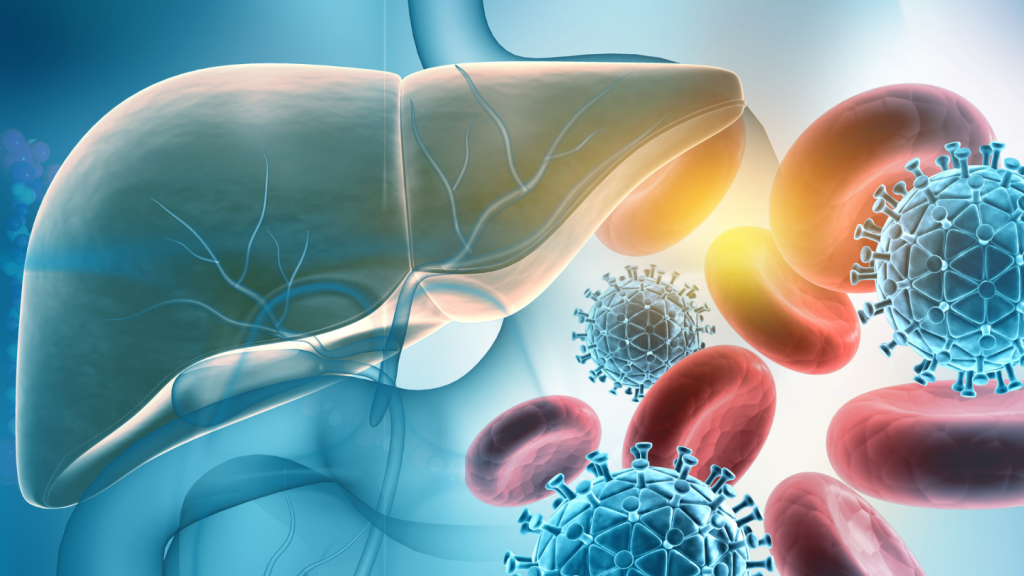The biggest unmet need for Hepatitis B patients is a cure, but there are a number of trials looking to achieve functional cure for the disease. GSK’s bepirovirsen, which is looking for a functional cure, showed very promising results during a Phase II readout in June 2022 and has now initiated a Phase III trial due to end in 2025. Functional cure is defined as loss of hepatitis B surface antigen (HBsAg) and undetectable hepatitis B virus (HBV) after six months off therapy.
The need for a cure for Hepatitis B could not be emphasised enough after the WHO estimated that 296 million people were living with chronic hepatitis B (CHB) infection in 2019, resulting in approximately 820,000 deaths.
Dr Henry Janssen, professor of medicine at the University of Toronto and chief of hepatology and director of the Toronto Centre for Liver Disease at Toronto General Hospital, says that the challenge will not be HBsAg and HBV loss but sustainment of that. “To get it sustained, we think that we need an immune modifier to get that done,” Janssen explains “So you have to tickle the immune response in such a way that it takes control over the virus, and that the virus doesn't bounce back.”
While Dr Antonio Bertoletti, professor at the Duke-NUS Medical School in Singapore and an infectious disease doctor who has been working on Hepatitis B trials for 30 years, said he thinks that it is more important for trials in Hepatitis B to find patient populations in which they may be most effective rather than seek a one-size fits all treatment. “A single bullet is not good for everyone,” Bertoletti says. “There are patients that need treatments, there are patients that probably do not need treatment and there will be patients that will have to be treated by activating adaptive immunity and others that will respond by activated innating. I think this [patient selection] is what the research community should aim to do.”
Combination or monotherapy?
ANRS Research Centre in France is running IP-CURE-B proof of concept (PoC) Phase II clinical trial (NCT05045261), which is due to end on 30 June 2024. The aim of the study is to evaluate whether stopping nucleotide or nucleoside analogue (NUC) after selgantolimod (SLGN) treatment can significantly reduce HBsAg compared to standard of care treatment for CHB. There are three arms to the study: one arm with no intervention, one with NUC discontinuation after 28 weeks and one with NUC discontinuation at 28 weeks after SLGN treatment for 24 weeks.
Dr Jordan Feld, a clinician-scientist at Toronto Western Hospital Liver Clinic and the McLaughlin-Rotman Centre for Global Health, says that TLR8 agonists assist but questions whether they are adequate for a functional cure. “In studies where they have looked at TLR7 or TLR8, they have not been adequate on their own to lead to any real change in viral parameters, particularly surface antigens.”
Meanwhile, Hannover Medical School is seeking a functional cure from immunoglobulins in a Phase II trial, HBIG for cure (NCT05345990), which is due to end on 1 August 2023. Hepatitis B immune globulin (Hepatect, Nabi-HB, Zutectra, Neohepatect, Fovepta) contains mainly immunoglobulin G and acts as passive immunising preparation. The two cohorts are HBsAg positive and HBeAg negative, with one group having had no treatment while the other group will have been treated with anti-HBV NUC for at least 12 months before screening. The primary endpoint is the number of patients who are HBsAg negative at treatment week 12.
“This trial is important to understand the effect of immunoglobulins. Can immunoglobulins really achieve a cure? I don't think so,” Bertoletti explains. “I think that patients could become s-antigen negative, but it will be only a mask. I see this trial more as knowledge building.”

While Feld says: “I would be a bit surprised if this alone changes things all that much. And even if it does, you really have to balance it against if it's only useful in this population with really low s-levels, how useful is it?”
Trialling peginterferon on a particular gene
Another combination therapy being trialled at Phase II (NCT03771677) is being conducted by Sun Yat-Sen University; however, this is not centred on looking for a cure. Instead, researchers are attempting to optimise the clinical therapeutic pathway of peginterferon alfa-2a in subjects with CHB based on the detection of interferon gene mutation (IFNA2p.Ala120Thr) and interferon-stimulated genes (ISGs) detection gene spectrum. The researchers are hoping for HBsAg clearance after 48 weeks. The interventional, non-randomised, multi-centre treatment study will see the active control group continue to receive entecavir and the experimental group receive peginterferon and a NUC. The study is due to end on 30 December 2023.
“It's an interesting concept. It will be very difficult to translate this into clinical practice at all, because the drug is not very well tolerated and the likelihood is that only a few patients have this gene that makes them susceptible to PEG-IFN treatment, but I don't know that to be frank,” Janssen explains. “I wouldn't consider this as truly a new treatment for hepatitis B. We've done, over the last 15 years, these types of PEG-IFN studies, however not with this specific gene. If it works, it's definitely a step forward, potentially only for small pockets of patients.”
‘’Knockout punch”
Gilead is conducting a Phase II trial (NCT04891770) to evaluate the safety and efficacy of SLGN-containing combination therapies for the treatment of CHB. The randomised, uncontrolled, open label, and multi-centre study has enrolled 103 participants and is due to end on 1 January 2024. The trial has three experimental arms. In the first arm, patients will receive a NUC, tenofovir alafenamide once a day and VIR-2218 once per month. After 12 weeks, weekly SLGN and monthly nivolumab may be added. The second arm will only receive VIR-2218 initially and then may receive the weekly SLGN and monthly nivolumab. Patients in the third arm will receive just SLGN once a week and nivolumab once every four weeks for 24 weeks.

“This is an interesting study, I would say the main and most important is the VIR-2218 which is a very strong compound driving down viral antigens and the virus itself,” Janssen says. “It gives profound HBsAg decline just not enough to get functional cure. So here, they're giving immune modifying drugs in addition to that, to get that last piece, that knockout punch in place.”
“The challenge is studying the right combination, or the right drug, in the wrong population, or in some small, wrong way,” Feld adds. “So the sequencing is wrong, the dosing is wrong, the intervals are wrong, you could end up having a very effective therapy that you just studied wrong, we get a conclusion that it doesn't work, when in fact, it was just that it didn't work in the way you studied it.”
Could they be a match for GSK Bepirovirsen?
Most of these studies are seeking functional cure like GSK’s bepirovirsen but do specialists think that any will show similar levels of efficacy? “It’s difficult to say,” Janssen admits. “I think Gilead’s study has a likelihood to match up with GSK. For me, at the end of the day, the sustainability of the response is as important if not more important than getting the response itself.”
Meanwhile Feld thinks that bepirovirsen will be beneficial for the market but not as a monotherapy. “I think in the best-case scenario with bepirovirsen, we're probably going to be looking at about a 30% s-loss rate and I hope that's not our end game,” Feld concludes.









